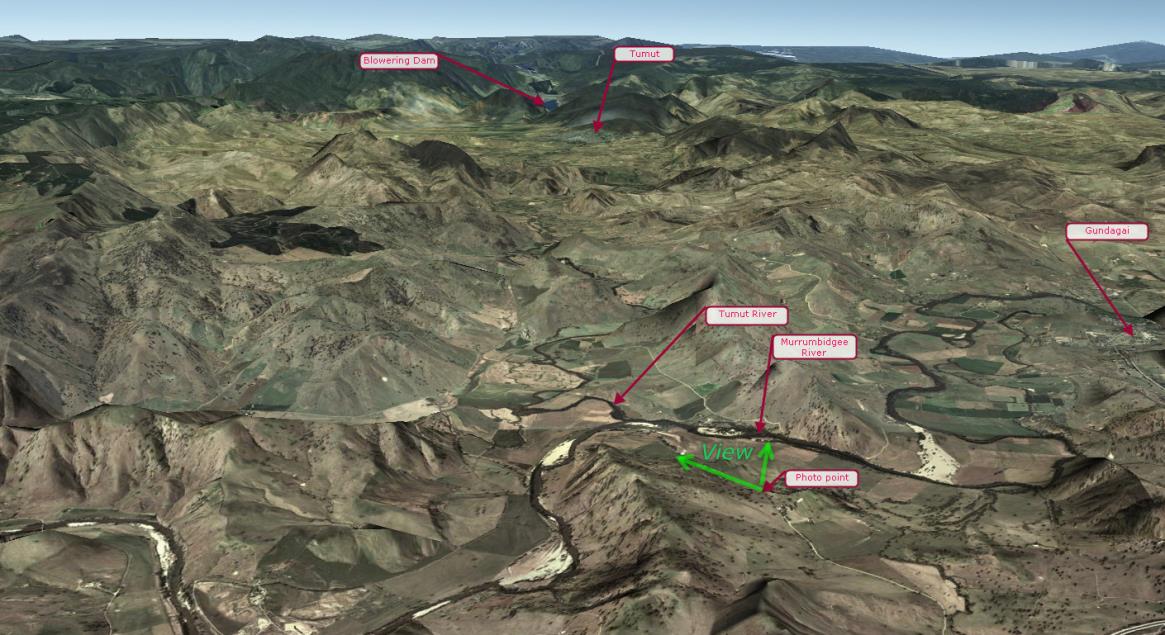Major Error Alerts
1.
Many old newspapers report the first settler at Mingay (at the junction of the Murrumbidgee and Tumut Rivers) as being Benjamin Warby.
However, this information is the perpetuation of a mistake made by James Gormly in a widely reported speech he made in 1906 .
(No record has been found showing James as attempting to correct his mistake).
Ben Warby was a younger brother of the real first settler - William Warby.
After William was convicted of receiving stolen cattle, all the goods and stock on the land were seized by the authorities and sold at auction.
Even the sale papers that show Mingay was sold to Benjamin by William are doubtful as the "sale" of the land may have been found to be fraudulent.
2.
On the south bank of the Muttama creek there is a plaque showing Ben Warby as the original settler on Mingay in 1825.
a. One book claims a Benjimin Warby was the original settler - at Mingay and his son (Ben) was the original settler accross the Murrumbidgee from Mningay, at Darbalara..
b. Although a person called Warby was operating an established farm at Mingay when Charles Sturt visited him in November 1829, it seems improbable that he was living there as early as 1825 - because:-
- The exploration party headed by Hume and Hovell did not return to Sydney until early 1825.
- On the 20th of May 1825 William Warby was in Sydney giving evidence in a Supreme Criminal Court hearing over the death of Lucy Clegg in 5th February 1825 at Liverpool.
- On the 21st of November 1825 William was granted land at Towrang (north of Goulburn) - although, it is not clear if he actually lived on this land.
3.
- The truth may never be known because these claims to land were not legal and therefore not officillay documentesd.


